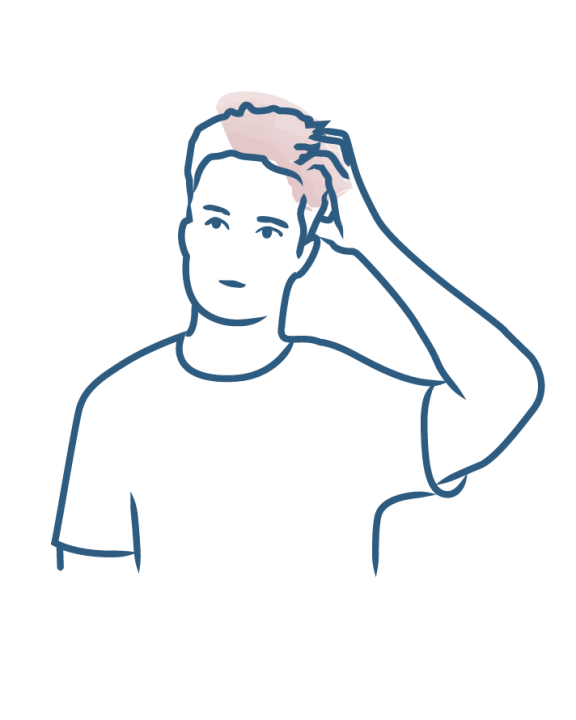Itching related to cancer treatments
Post-cancer treatment pruritus: best practices

Post-cancer treatment pruritus: best practices
Many cancer treatments, whether chemotherapy, radiation therapy, targeted therapy, immunotherapy, or a combination of treatments, result in adverse side effects on the skin and hair. In particular, itching is frequent and further impairs the quality of life of patients. Here are a few things to do if you experience post-cancer treatment pruritus.
Body, face and scalp massages
Massages are a good way to reduce the itching related to cancer treatments. Depending on your needs and desires, you can massage yourself, or have a relative or professional massage you. Massages also focus on the skin of the body, the face or the scalp.
A few minutes are enough to feel relief in your mind and body, and to take care of your skin on a daily basis thanks to the massage.
Massages can start in the shower, with the fingertips, with a soothing cleansing oil. It can continue at any time of the day, with a soothing moisturizing lotion or a vegetable oil. Opt for gentle, circular movements.
Anti-scratching tips
When the urge to scratch gets too strong, it's hard to resist. In this case, some anti-scratching tips can be useful:
- Apply cold to areas prone to pruritus and itching: thermal spring water spray, the back of a spoon, fan, etc. Place the anti-itching cream in the refrigerator to optimize its anti-scratching efficacy.
- Cut nails short to limit scratching lesions.
- Keep your hands and mind busy to avoid scratching. Any and all methods are fine: reading, writing, painting, crossword puzzles, cooking, sports, etc.
- If the itching is particularly intense and difficult to contain, then it is best to place your hands on the itchy area and massage or rub rather than scratch. Apply the anti-itching cream as many times as necessary.
More information
- Discover Chemotherapy-related pruritus
Itching related to cancer treatments
Chemotherapy-related pruritus
- Discover Post-cancer treatment pruritus: recommended clothing and accessories
Itching related to cancer treatments
Post-cancer treatment pruritus: recommended clothing and accessories
Our care routines
Itching on the scalp
Dermatological expertise
To better understand your skin and hair, discover our exclusive content and innovative care products designed to improve your quality of life..

